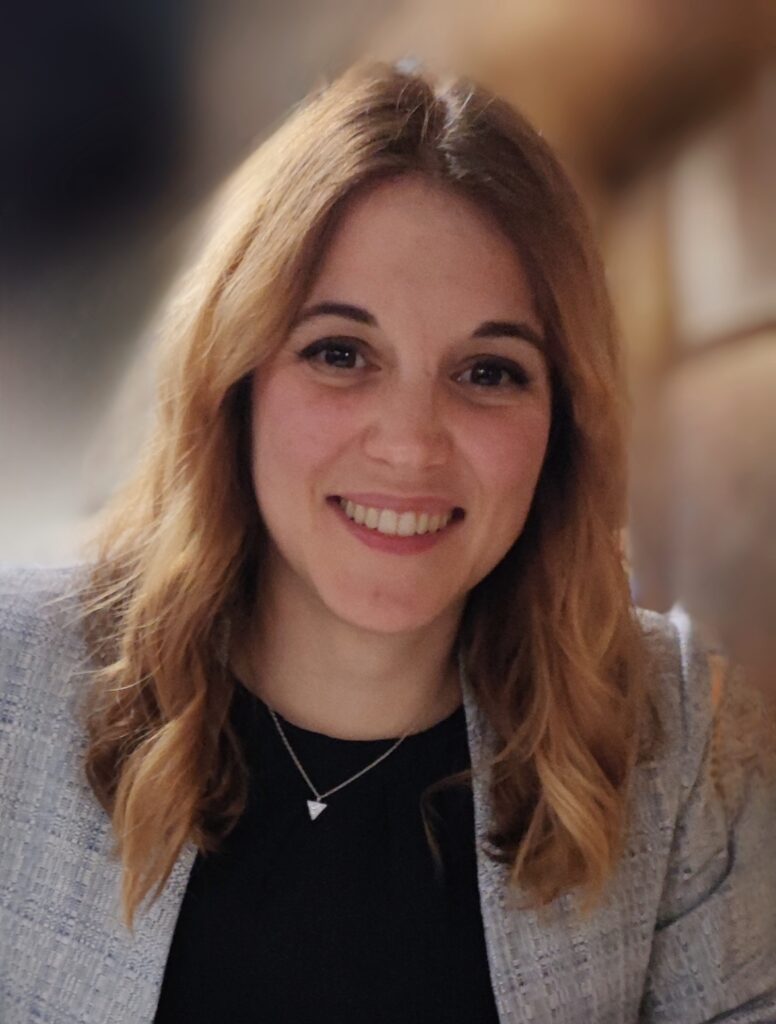
Dr. Belit Garcinuno is a distinguished researcher in the field of nuclear fusion, with an academic background that includes a PhD in nuclear fusion technologies, a degree in chemistry, and a master’s degree in chemical sciences and technologies. Additionally, Dr. Garcinuno’s career has been dedicated to the research and development of sensors and compounds associated with projects financed by various entities. Her research is internationally recognized, having received trainings focused on the management of liquid metal loops at prestigious institutions including the ENEA Brasimone Research Centre in Bologna and UCLA in Los Angeles. She was also awarded a EUROfusion engineering grant for her work on lithium technologies in the IFMIF-DONES project.
Over her career, Dr. Garcinuno has made significant contributions to the field of fusion. She has participated in 16 research projects, both national and international, focused on fusion materials and technologies, and coordinates 5 projects related to the development of liquid metals in tritium breeding blankets and the study of transport, detection and extraction of hydrogen isotopes in liquid metal. Dr. Garcinuno is also the co-author of 24 peer-review international journals, and more than 40 technical reports. Finally, she has made more than 30 contributions to international scientific conferences in the domain of materials and fusion technologies.
Currently, Dr. Garcinuno is researching tritium permeation techniques and extraction from liquid metals at the National Fusion Laboratory in CIEMAT (Spain). She is involved with carrying out different investigations linked to the modelling and design of tritium extraction for the Water Cooled Lithium Lead blanket (WCLL) as well as the Dual Coolant Lithium Lead (DCLL). Additionally, she oversees the design and integration of the Tritium Extraction and Recovery System (TER) for the DCLL, both contributing to the EUROfusion Work Packages Breeding Blanked Project (WPBB).
Dr. Garcinuno is also responsible for the design, fabrication, commissioning, and operation of the PbLi circuit known as CLIPPER, part of the LNF-ICTS (Infraestructura Científica y Tecnológica Singular Internacional). She led a line of research dedicated to the quality assurance of the PbLi used for experimental activities and is responsible for a Public-Private sector collaboration project at CIEMAT centered around manufacturing PbLis on an industrial scale. Additionally, Dr. Garcinuno led a national project aimed at validating tritium recovery from flowing-free-surface PbLi flow under vacuum and is the task leader for a EUROfusion project focused on the development of liquid breeding.
“I would say that I did not choose fusion, but it chased me” Dr. Garcinuno says when asked about her career in fusion. After completing her master’s degree, Dr. Garcinuno was adamant on pursuing a PhD and conducting research. “When I finished my master’s degree, I was looking for any opportunity to do a PhD since the one thing that was clear at that time was that I wanted to be a researcher,” she recalls. It was at this point that she applied for a position at CIEMAT, where she was introduced to the basics of fusion, an industry she had not previously explored.
Her journey into fusion began with the fundamentals, “I started from the very beginning and the most basic principles,” Dr. Garcinuno says. However, her trajectory was mostly clear, she wanted to work in the tritium extraction system of a liquid metal-based breeding blanket for DEMO reactors. Dr. Garcinuno’s progress in the field was fueled by the support of those around her. “It was very difficult to get into this new area; I had to develop new skills in modeling, design, and manufacturing. However, I had a lot of support from my advisor and my colleagues,” she notes. This collaborative environment led her to become involved in the IFMIF-DONES project, focusing on lithium technologies. After nine years in the field, Dr. Garcinuno has become a specialist in liquid metal technologies and tritium extraction.
For those interested in entering fusion, Dr. Garcinuno recommends contacting research centers, as they are likely to have information about any research or career opportunities. She emphasizes that previous decades of research have led to the development of a large database of experts to reach out to on an international scale. “This area seems to be very new but actually, there has been a huge development for more than 50 years,” she explains, “having a huge database of specialized women that can guide you to the proper point at an international level.”
Looking back on her career, Dr. Garcinuno points to the defense of her thesis as the biggest highlight and challenge yet. “The main highlight of my career will always be the day of my thesis defense, which is also the main challenge,” she shares. This moment symbolized the culmination of her hard work and dedication. “I remember that moment as a huge step, I felt a great relief. I’ve done many things from that moment, even more difficult, but it was like reaching the top of the mountain” she says. Additionally, throughout her career, Dr. Garcinuno has had opportunities to travel and collaborate with researchers from around the world. “I’ve had the opportunity to travel to different countries, to conferences, to 3-month stays, meetings… and this is also very enriching,” she notes. However, Dr. Garcinuno acknowledges the inherent difficulties of navigating a field without a concrete roadmap. “Working in science is also a challenge itself, there is no path, you have to develop your own, and there are so many directions to deal with that sometimes you can feel exhausted,” she says. Her patience and perseverance have been instrumental in her success. “You need a very strong mind and a lot of patience. I always focus on the premise that each advance is a victory, even though it is not the result that you were looking for.”

